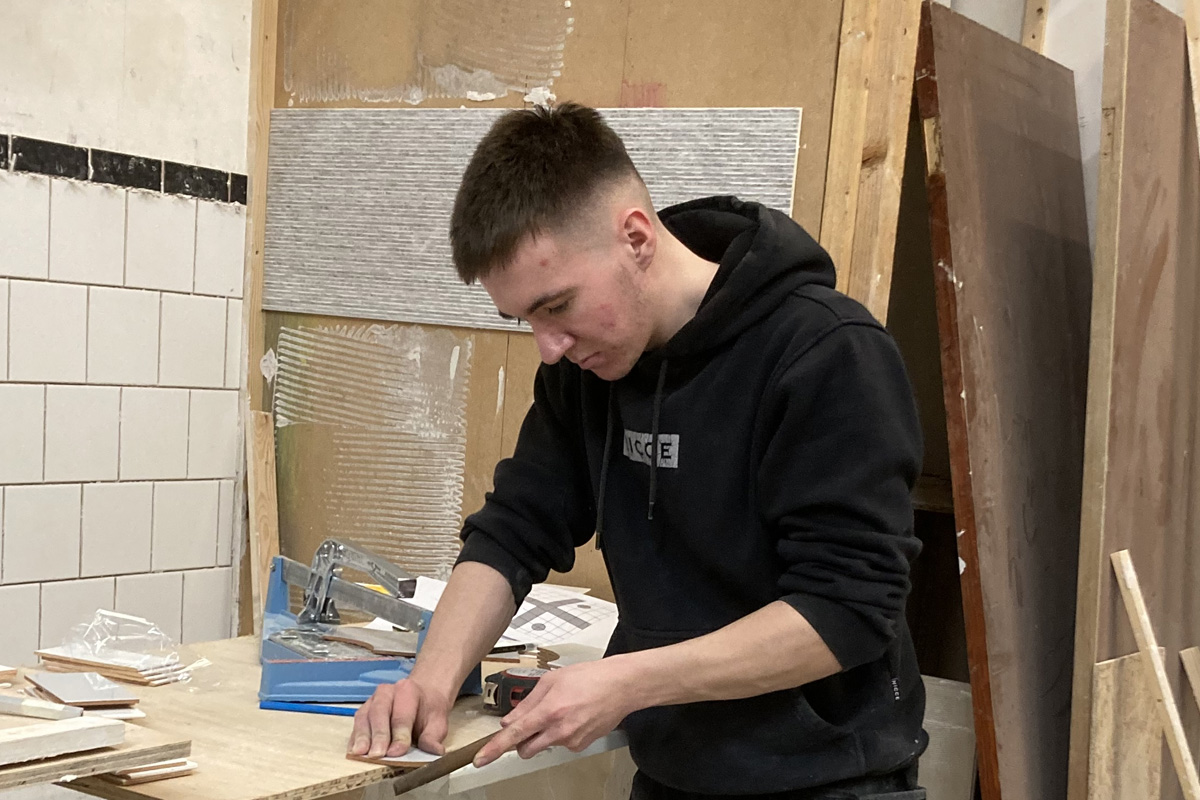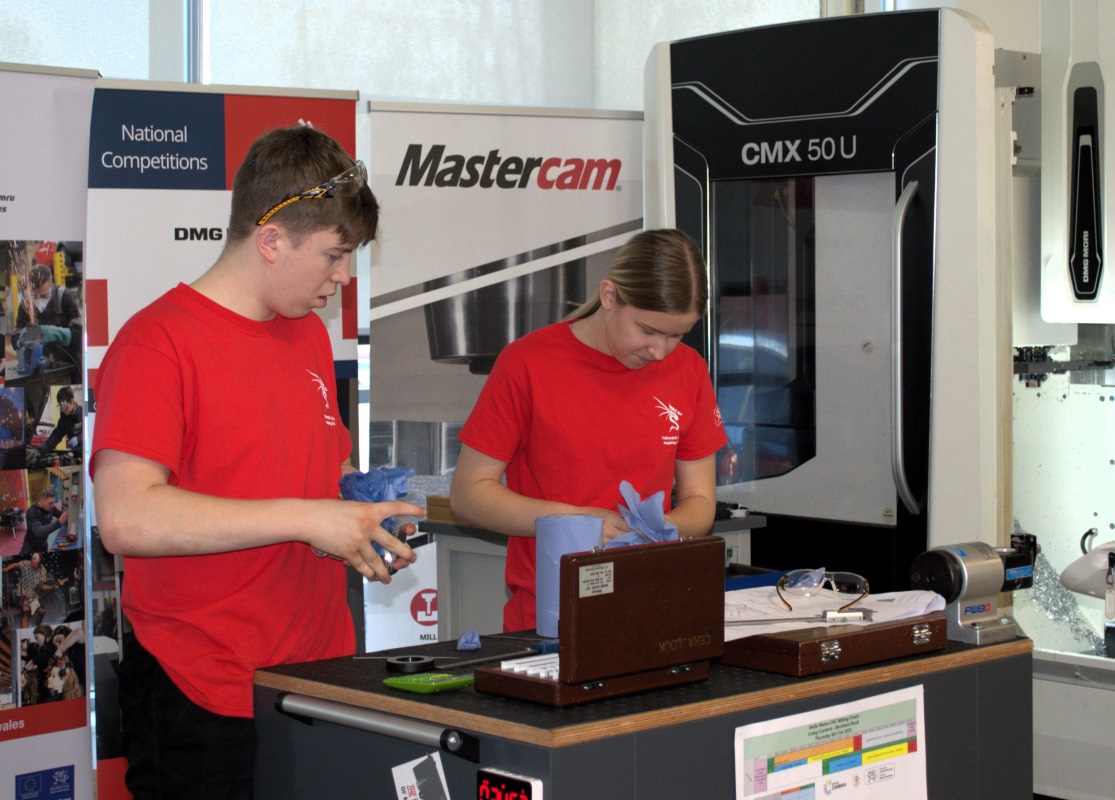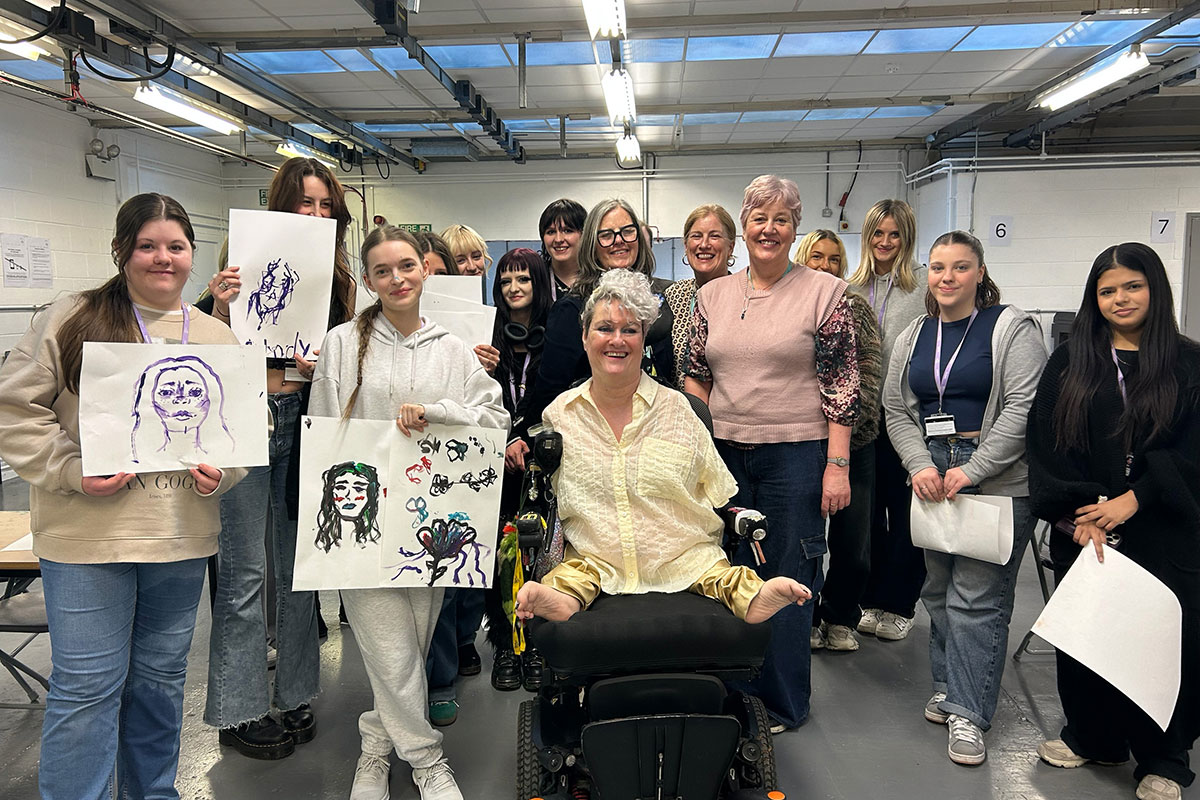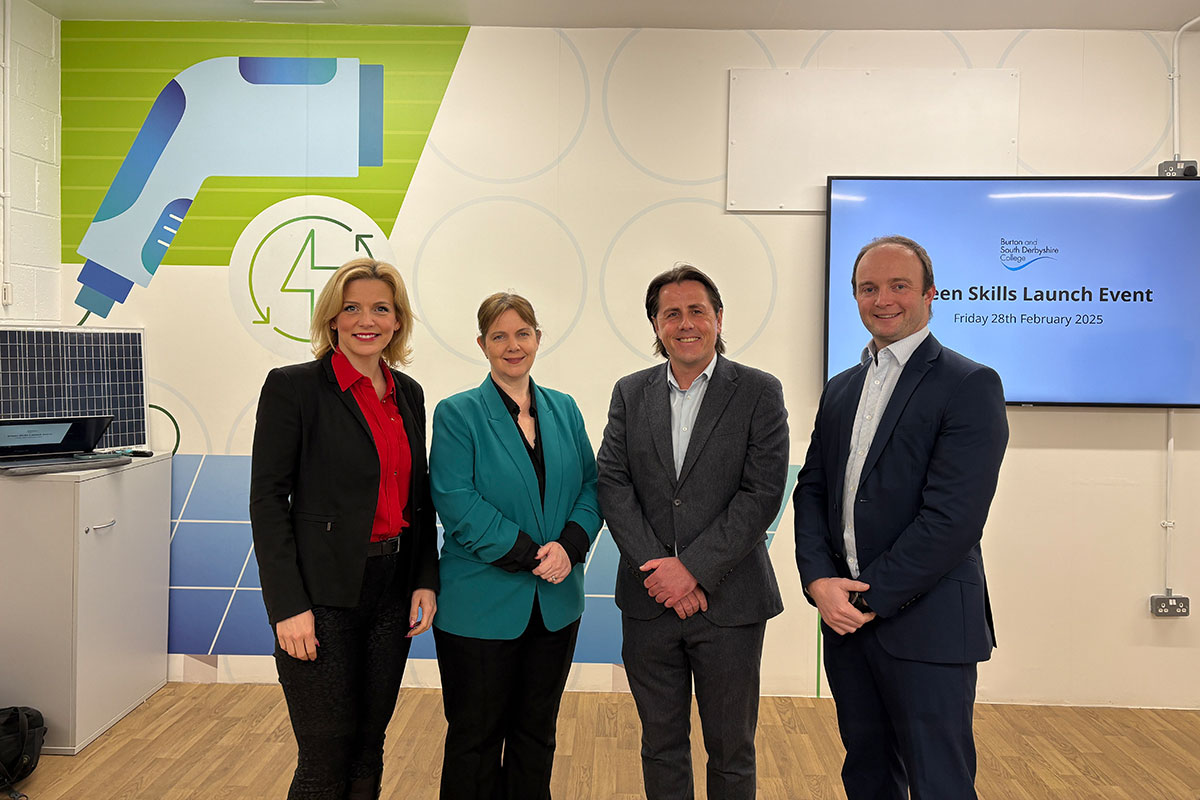Improved ventilation essential to safe use of buildings and public spaces, say leading engineers

Good ventilation inside public buildings and on transport systems is essential to reducing the risk of Covid-19 and other infections, according to a report published today by the Royal Academy of Engineering and its partners in the National Engineering Policy Centre (NEPC).
In a report commissioned by the Government Chief Scientific Adviser, Sir Patrick Vallance, leading engineers say the importance of ventilation is too often neglected, and that the Covid-19 crisis has revealed flaws in the way in which we design, manage and operate buildings. Unless they are addressed, these could disrupt management of this and future pandemics, impose high financial and health costs on society and constrain our ability to address other challenges such as climate change.
Clear, consistent communication and advice on ventilation from government and professional bodies is needed to help building owners and operators to manage infection risks, finds the report. Clearly identifiable measures that can be implemented at moderate cost will help to ensure that adequate ventilation is prioritised alongside more visible measures such as surface cleaning and distancing.
The report also warns that there is an urgent need to plug skills and knowledge gaps and put in place the training, re-skilling and recruitment needed to fill them. Even in sectors such as hospitals, which have a clear regulatory framework and an explicit remit for managing the health and safety of vulnerable populations, levels of skill and competence vary. In a series of evidentiary hearings, the Royal Academy of Engineering uncovered differing levels of organisational maturity across operators and sectors, and variation in the ability and motivation of owners to understand, manage and govern issues of infection control.
Investment in research and development is needed to clarify issues such as acceptable minimum standards for ventilation to support regulation by Local Authorities and others. Efforts to increase resilience to infection must also work alongside the delivery of significant carbon emission savings from our buildings. These two ambitions should be driven forward in tandem and efforts across government need to be fully coordinated.
The report warns that technological solutions are not a ‘silver bullet’, and uninformed reliance on technology can even have negative consequences. For example, air cleaning using high efficiency particulate air (HEPA) filters or ultraviolet light (UVC) can be effective at reducing infection risks in locations where good ventilation is difficult to achieve. However, the benefits are of using other kinds of air cleaning devices, often heavily marketed, are less clear.
Key recommendations in the report include:
- Government should urgently map the knowledge and skills requirements across the building industry, general businesses, and the engineering professions and put in place plans to address the skills gaps identified.
- Government should undertake a rapid review of the capacity and capability requirements among regulators (including local authorities) to support and enforce standards in maintaining buildings for public health.
- Working with the National Core Studies Programme, UKRI and the National Academies, government should put in place an action plan to address key research gaps on an accelerated basis.
- Research and demonstration projects should be commissioned to fill key knowledge gaps such as the acceptable minimum standards for ventilation to manage infection risk and to underwrite regulation and enforcement.
- Action to meet Net Zero must be developed in a way which is consistent with priorities around indoor air quality and making buildings resilient to infection.
Professor Peter Guthrie OBE FREng, Vice President of the Royal Academy of Engineering and Chair of the NEPC infection resilient environments working group, says:
“Buildings make an enormous difference to people’s health and we have often neglected this in the past, which is bad news in a pandemic, because they are one of the most significant levers that we have to control infection. We must take action now to make sure that good practice in ventilation is widely understood and applied across workplaces and public buildings.
“Longer term, this is a real opportunity to transform the way we design and manage our buildings to create good, healthy and sustainable environments for those who use them. We must also integrate this with thinking on infection control into our approach to Net Zero, to prevent inadvertently hard-wiring a susceptibility to infection and other health risks into our building stock and management practices.”
Dr Hywel Davies CChem CSci, Technical Director at the Chartered Institution of Building Services Engineers, says:
“Clear communication on ventilation is essential – we need to support owners and operators with clear and simple guidance, emphasising the importance of improving ventilation while maintaining wider good practice on infection control.
“Our aim should be to enable everyone who has responsibility for managing buildings or transport to understand how to respond in a practical and timely manner, and to establish an appropriate balance of measures to manage infection risks alongside thermal comfort, air quality and energy concerns.”
Notes for Editors
- The full paper Infection Resilient Environments: Buildings that keep us healthy and safe – initial report is available at www.raeng.org.uk/infection-resilient-environments
Infection resilient environments: Buildings that keep us healthy and safe – initial report was compiled by a National Engineering Policy Centre working group led by the Royal Academy of Engineering and the Chartered Institution of Building Services Engineers (CIBSE) with key inputs from the Institution of Mechanical Engineers, the Institution of Civil Engineers and the Institution of Chemical Engineers. Evidentiary hearings were held with representatives of a range of sectors including hospitals, care homes, local government, higher education, hospitality, offices and transport.
This initial report highlights immediate issues ahead of winter and sets the agenda for more strategic, long-lasting change, which will be explored in more depth in the second phase of the project.
- The National Engineering Policy Centre is a unified voice for 43 professional engineering organisations, representing 450,000 engineers, a partnership led by the Royal Academy of Engineering.
We give policymakers a single route to advice from across the engineering profession.
We inform and respond to policy issues of national importance, for the benefit of society.
3. The Royal Academy of Engineering is harnessing the power of engineering to build a sustainable society and an inclusive economy that works for everyone.
In collaboration with our Fellows and partners, we’re growing talent and developing skills for the future, driving innovation and building global partnerships, and influencing policy and engaging the public.
Together we’re working to tackle the greatest challenges of our age.
For more information please contact:
Jane Sutton at the Royal Academy of Engineering
T: +44 207 766 0636
E: Jane Sutton











Responses